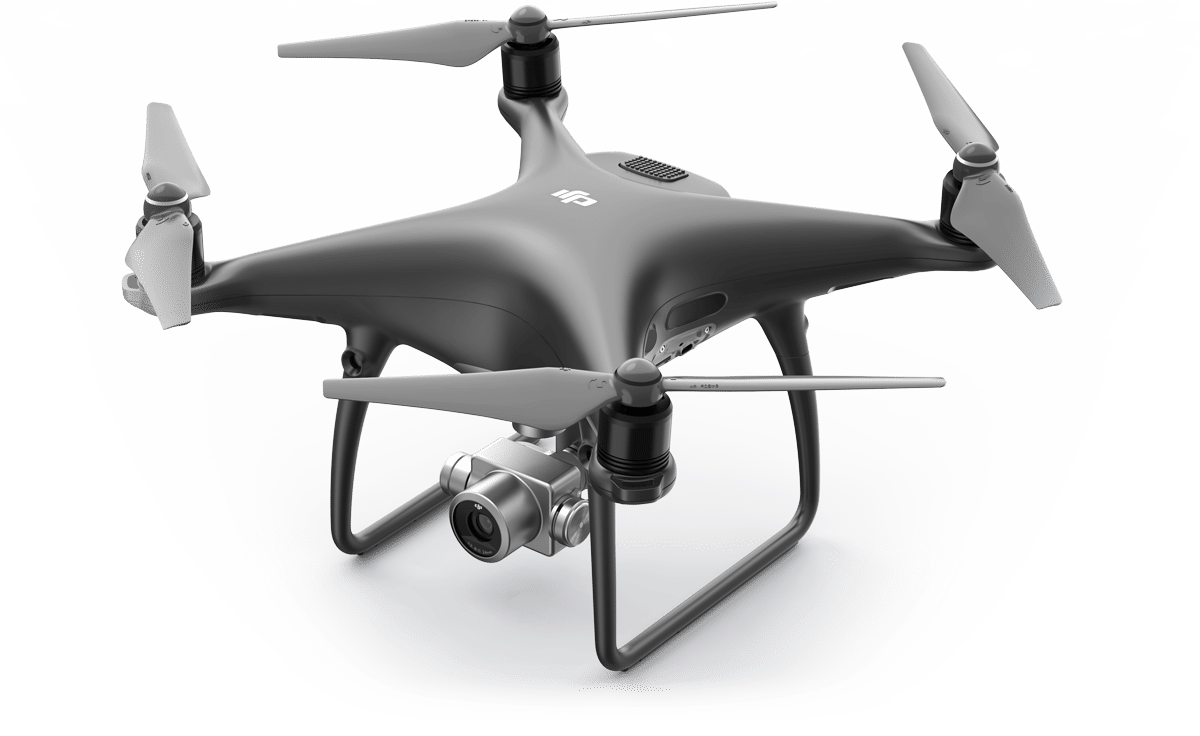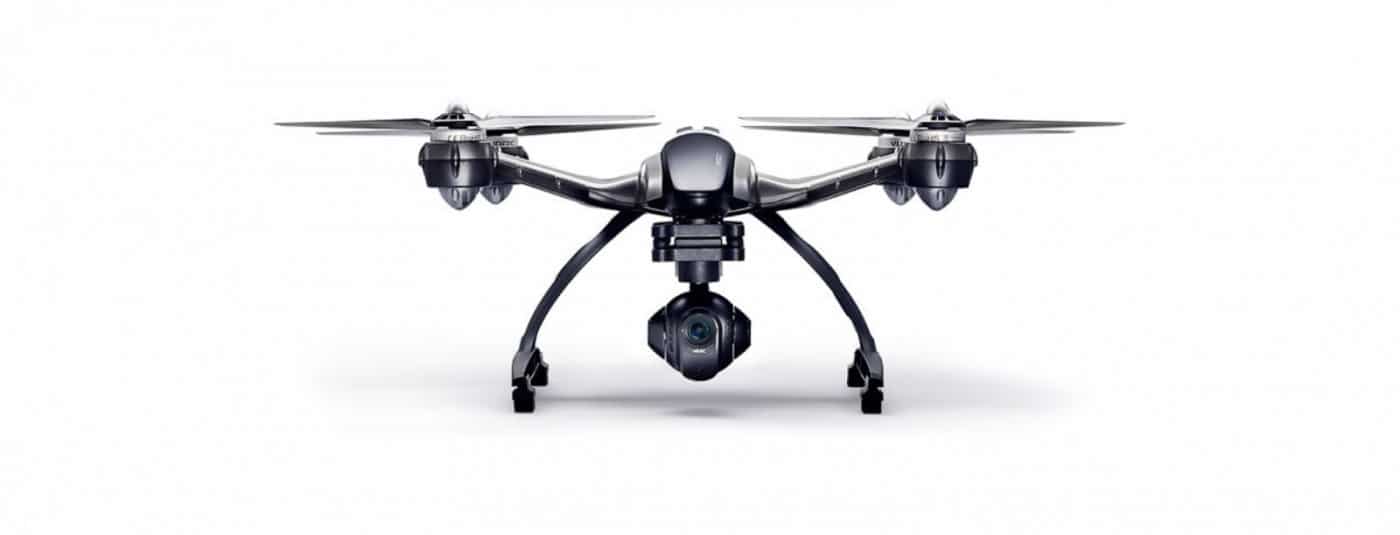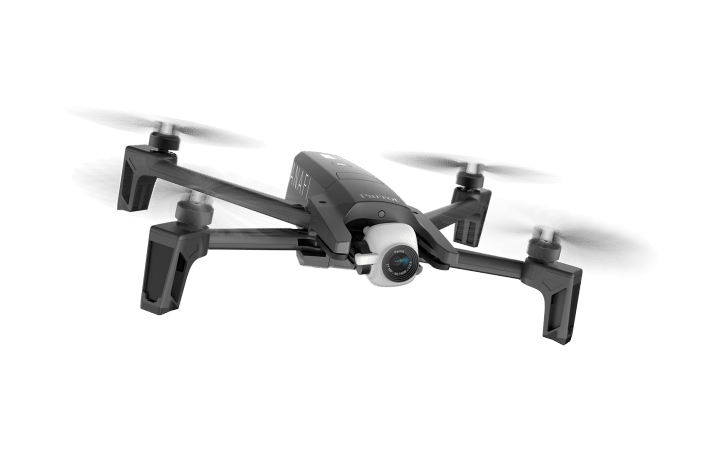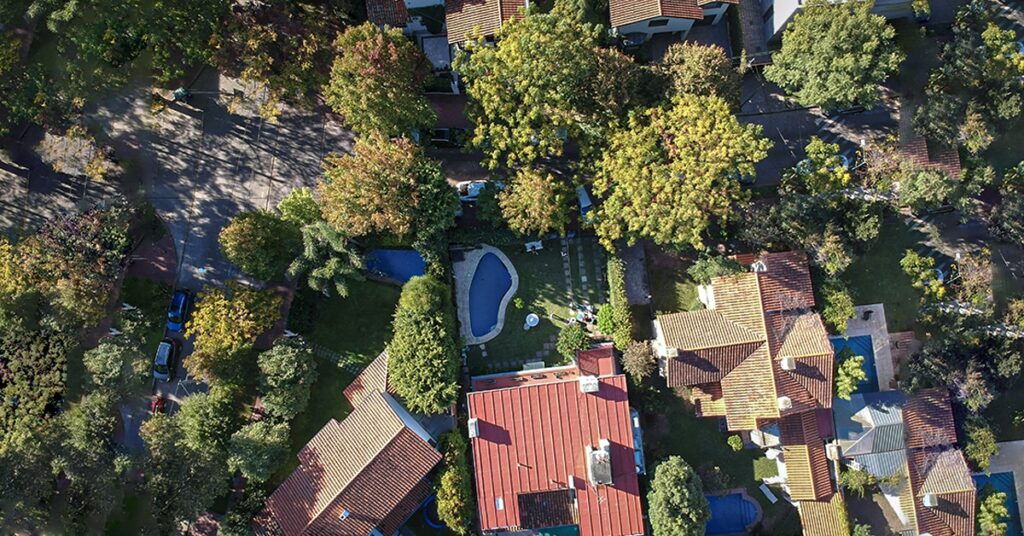Our support staff get a lot of questions, and they’re ALWAYS happy to answer them, but one of the most frequent is which drones do we at RoofSnap suggest for taking aerial photographs. This week we’re going to break down our favorite drones for 2018, what we do fly and what we wish we were flying. And whether you’re looking for the best overall or the best value for your money, we’ll have a drone for you.
 DJI Phantom 4 Pro
DJI Phantom 4 Pro
We at RoofSnap have always been DJI die-hards. We think the quality of their builds and the ease-of-use of their equipment make them ideal for any work, but especially for obtaining HD imagery for roof sketches. The Phantom Pro+ V2.O is not for the faint of wallet, but it’s 5-direction obstacle-sensors, 30-minute flight time, and 4k image and video capabilities mean that it will not become obsolete any time soon. Could you obtain your images with less expense? Absolutely! But would you be able to film a dual-encoded, 4k film with 4dB noise reduction after finishing your inspection? Not with any of the other drones on this list!
Parrot Anafi
We’ve been hearing some good things about Parrot drones. Some of their previous models had issues that made them ill-suited to obtaining the imagery we need for roofing measurements, (fixed cameras, bad connectivity) but it appears those issues are fixed with the ANAFI. Boasting a 4k camera on a 180-degree tilt gimbal, along with a battery capable of 25 minutes of fly-time, the ANAFI covers all the bases we need in a roofing drone. It also comes in WAY under the Phantom 4’s price-tag (as long as you’re okay with using your phone as a controller.)

Yuneec Typhoon 4K RTF
We’ve heard of Yuneec prior to researching this post, but when we looked into the mid-level Typhoon 4K RTF we were really impressed with the thought they’ve put into their designs! (You could definitely call them unique!) This model has everything we need out of our roofing drones; 4K resolution, movable gimbal, and 25-minute flight-time. What we didn’t expect was the camera and gimbal to be a modular, removable component from the rest of the unit! Being able to take some steady-cam video may not be necessary to beef up everyone’s inspections, but it’s imagery is definitely a nice back-up in case your mobile device is MIA and you have some hail-damage to document.
This is far from an exhaustive list of all the drone models that would meet your inspection needs, but we like to think that we’ve at least helped jump-start your research process. If you’ve got a favorite drone you think would benefit others in the industry, leave a comment! If you’ve got a drone and would like to see how you can import your drone’s imagery into RoofSnap to obtain accurate measurements, we’ve got a video on that right here!
Thanks for reading as always, and remember the drone-flying roofer’s creed: “What the FAA don’t know, won’t hurt ’em.”



